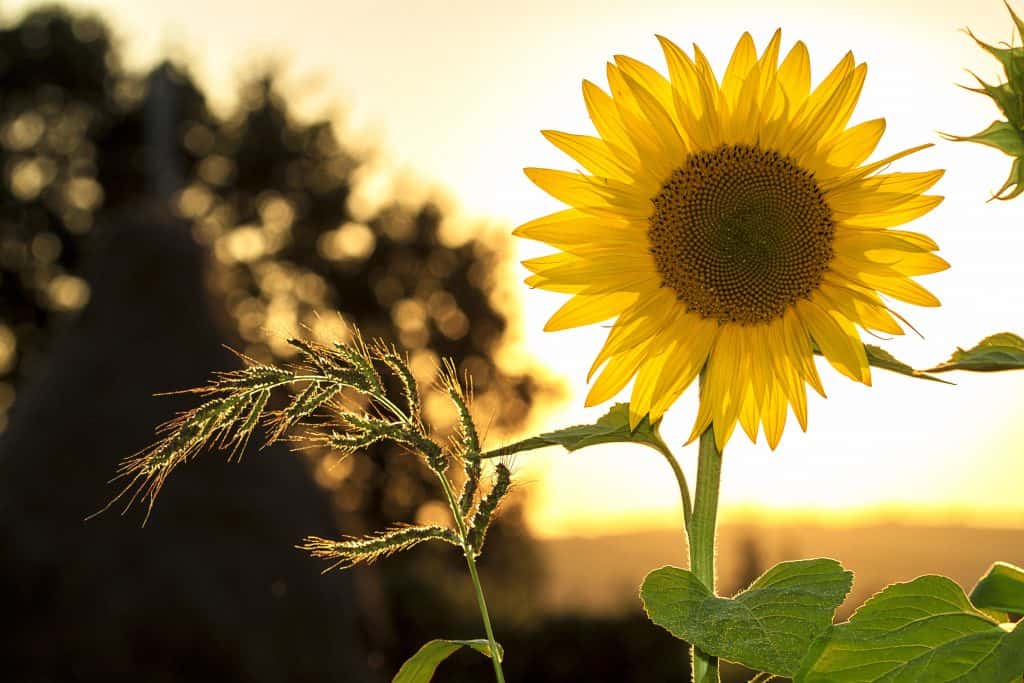Times are changing, and rituals we once considered a fabric of our culture seem to be shifting. A typical American funeral used to involve traditional expectations of an expensive casket, flowers, embalming, and many other costly add-ons. All this was very detrimental to the environment but beneficial to death care profits.
In the last decade, we have witnessed a dramatic shift towards cremation services, especially simple, no-fuss, inexpensive cremation options. Direct cremation now accounts for around 70% of all cremation services. In the era of COVID, direct cremation became the only solution for some families and further drove the cremation trend.
However, there is a growing interest in simple, natural burial.
According to a recent survey, 62% of Americans stated they were interested in a green burial.
Climate change and eco-responsibility are rising agendas, and green burial seems to offer a natural and potentially affordable solution. Simple, lower-cost burial options that benefit families and society as a whole.
Here, we look at five reasons why you should choose a natural burial.
#1. Your disposition will have a minimal environmental impact
It is very difficult to ignore the Climate Change agenda these days. Natural burial can potentially almost eliminate any environmental impact from your passing. There are no chemicals, no concrete vault liners, and no steel casket, and your final resting place in a natural woodland or meadow can actually make a positive contribution to the environment in recreating an ecosystem.
Although some claim cremation is more environmentally friendly than traditional burial, there are still gas emissions to consider.
The average cremation is equivalent to a 500-mile car journey and releases 400kgs of CO2.
#2. You can save money on traditional funeral costs with a natural burial
A traditional funeral costs in the region of $7,848 (NFDA – 2022), and this does not include the cemetery fees. This means your total costs are likely to arrive at around $10,000+.
The natural burial process removes the need for embalming, an expensive casket, a grave liner, and other add-ons. A natural burial will generally cost in the region of $3,500.
It may not be as cheap as a direct cremation, but you can still arrange a more affordable funeral that will have a minimal environmental impact.
Most natural burial cemeteries have had limited “clients” over recent years, which is why they have to maintain a certain plot price. If green burial did indeed become more popular, I think we could see costs come down, as they did with cremation.

#3. You leave behind a ‘green’ legacy – Become a tree
The cremation rate now stands at around 60%, with a forecast to reach nearly 80% by 2030. Many who have opted for direct cremation do not know what to do with the cremated remains or choose to scatter them.
So, often there is no cemetery legacy for an individual. A natural, green burial ensures your remains are preserved as a legacy. Whether you choose to inter cremated remains and plant a tree, or opt for a full natural burial, allowing your body to naturally return to the earth.
Bios Urn enables you to plant cremated remains in a biodegradable urn that naturally grows into a tree. And many natural burial parks facilitate the planting of a shrub or tree at a designated burial site.
#4. You are persevering nature and anthropology for future generations
We are all aware of the climate change issues facing our society. Natural burial is one way to personally ensure your death does not contribute to carbon emissions. Indeed, you can be helping the climate by adding to the growth of green areas and increasing oxygen emissions into our atmosphere.
I also think an interesting change in anthropology will arise from the huge shift to cremation. Especially when cremated remains are scattered or lost.
How will future generations be able to trace and understand their ancestry?
#5. The Circle of Life – going back to where we started
Natural burial is a return to how burials were conducted before the advent of modern traditional funerals. No embalming, a body placed in a simple wooden coffin or a shroud and buried in the ground.
It minimizes the costs of death care and minimizes the environmental impact. It seems the most logical solution to today’s problems surrounding death care services. It will cost families less, it helps restore natural green areas, it reduces emissions, and could potentially overcome big-city issues with overcrowded cemeteries.
Most states do have at least one natural burial site (or at least in an adjacent state), and as interest grows in natural burial alternatives, I believe we will see more green burial sites emerge.
If you want to find out more about green burial, visit our green burial resource section.
On our Green Burial Directory page, you will find links to detailed Natural Burial Guides for New York, California, Florida, Texas, Pennsylvania, and Ohio.

